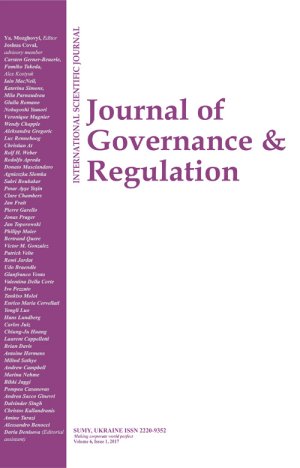
THE IMPACT OF CORPORATE SOCIAL RESPONSIBILITY ON BRAND LOYALTY
Download This ArticleAbstract
This article describes corporate social responsibility (CSR) as an organisational tool whose successful implementation can be used to gain brand loyalty. The benefits of CSR to society have been well documented to a great extent. However, there is very little information on the benefits of it to the actual corporations that practice it. This lack of knowledge is what motivated the study on which this article is based. The key objectives of the study for the article were to determine consumer attitudes towards specific CSR programs, determine the impact of CSR on brand image and brand loyalty and determine what kinds of CSR programs are considered to be adequate by consumers to qualify as socially responsible. A quantitative survey was done using customers of the South African mobile phone service provider Vodacom. A self administered questionnaire was used as the primary data collection instrument. The main findings of the study were that although most consumers were not aware of what CSR as a concept is, they felt that companies are obligated to be socially responsible. Most importantly however, it was determined that the knowledge of a firm’s CSR initiatives may lead to enhanced corporate image and brand loyalty. From the findings, this article recommends that corporations need to take a more proactive rather than a reactive approach to societal and environmental issues. It also recommends that companies need to be more transparent about their CSR initiatives to consumers which in turn leads to increased stakeholder engagement.
Keywords: Corporate Social Responsibility, Corporate Responsiveness, Accountability, Corporate Branding, Brand Loyalty, Corporate Governance
How to cite this paper: Dapi, B., & Phiri, M. A. (2015). The impact of corporate social responsibility on brand loyalty. Journal of Governance and Regulation, 4(4), 8-16. https://doi.org/10.22495/jgr_v4_i1_p1



















